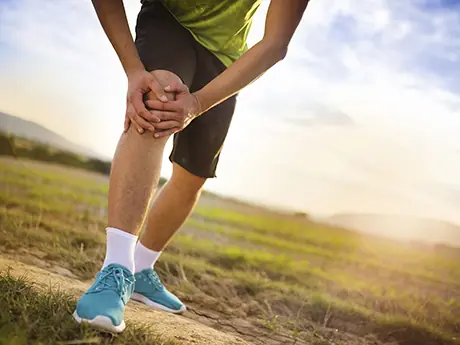
When you look around the tennis courts, you may notice that many of the middle-aged and senior tennis players wear some kind of brace on their elbows, wrists, knees or ankles. Knee problems are common for athletes, and about 55 percent of sport injuries are to the knee.
Many athletes, and especially tennis players, are often "quad-dominant." This means that their quadriceps muscles are strong and dominating in the movements where their hamstrings should also do a share of work, but they don't because of their weakness. This imbalance can cause many future issues.
Quadriceps are the front thigh muscles. Each has four heads, and it is the largest, heaviest and most powerful muscle in the body. The quadriceps tendon attaches to the kneecap (patella) which moves with the tendon. Free movement of the kneecap is fundamental to proper function of the knee joint.
More: Tennis Footwork Drill to Strenghten Your Hips
When the quadriceps muscles work too hard, they get shortened and tight. This creates unnecessary tension on the surrounding tendons. When the tendons around the knee are constantly pulled and overloaded, you experience mild pain or, in much worse cases, inflammation and tendonitis.
In general, people don't stretch the quadriceps as much or as long as they should.
If you are beginning to feel small knee pain, it might be time to pay more attention to taking care of your muscle tissue, especially the quadriceps and hip-flexors.
A few quick treatments of myofascial release can be the "magic" that will heal your knee for now. And even though it really isn't any magic, you will be amazed how quickly you get positive results—after the initial surprise of how painful it is wears off.
More: How Hydartion can Affect your Performance on the Tennis Court
Quadriceps Myofascial Release
As with other myofascial techniques, your goal is to search for painful trigger points by applying pressure. When you find such a spot, keep pushing and breathing deeply until most of the pain goes away, then move onto another painful spot.
You can do this by using your thumbs or other pointy tools, but a much better and easier way is rolling on a foam roller or a ball. Some of my favorites are RumbleRoller, The Grid Roller and MyoBall. They all feel slightly differently, and they all do a great job.
More: How to Heal Tennis Elbow
Technique
- Lie down on your stomach.
- Place the ball or roller under your thigh and support yourself on your hands or elbows.
- Start moving slowly until you find a painful spot.
- Stay on the spot while breathing deeply and letting the tension go.
- Move an inch up or down and around, until the worst pain goes away.
- Search for another spot and repeat.
- Use a nice, slow motion combined with deep breath.
- Work all the muscle tissue in the front, inside and outside of the thigh.
- Keep going until you get rid of nearly all of your trigger points. This may take many rolling sessions.
Repeat this technique regularly, especially after your tennis practice or fitness training. If you have serious imbalances, you can roll out your thighs a little bit before your tennis practice, as well. Another good time is at night, before you go to sleep.
Before long, you will see a huge improvement in your physical wellbeing and athletic performance, and your knee problems will disappear quickly.
 Find more tennis tips.
Find more tennis tips.
About the Author



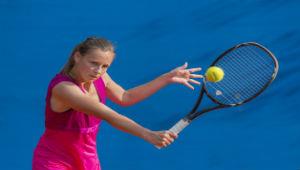

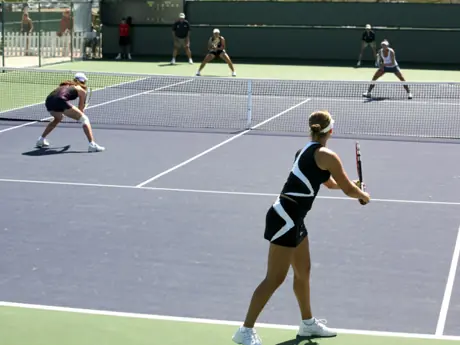
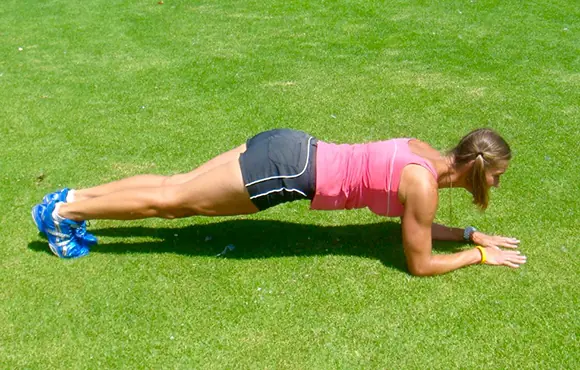
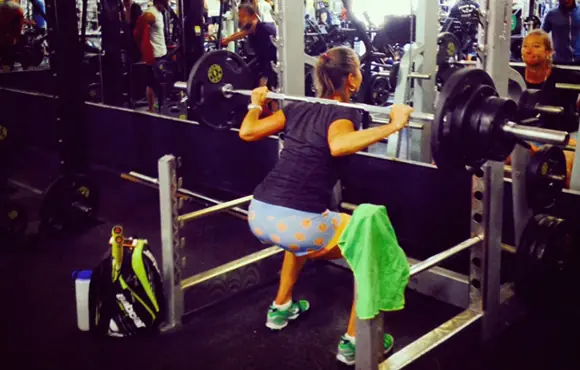

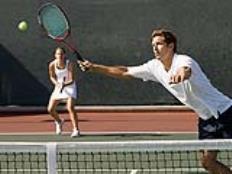
Discuss This Article